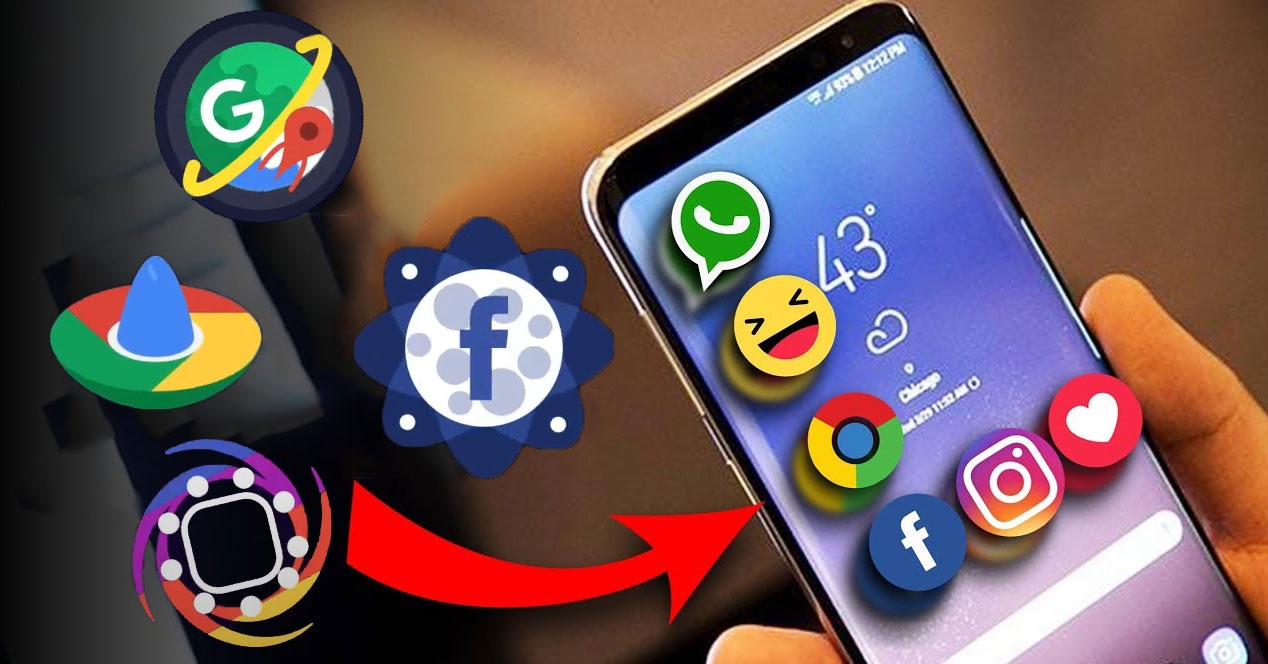

We believe that, at this point, Google’s operating system is already capable of managing certain actions in its interface, such as animations or moving transitions. In this article we are going to show how we can create these animations on any Android, without restrictions.
This is an option made in Xiaomi, since no other mobile manufacturer carries out this functionality. Therefore it is exclusive MIUI content, but all is not lost. It will not be the same, but without a doubt with this app we can create animations that are a real delight, and then you will give us the reason.
The best thing about applying this customization is that we are going to get a unique desktop, which not everyone will have on their device, as well as very attractive. We are not talking about an icon pack that aesthetically changes the logos of the applications, but they will be constantly moving. The downside of all this? There is no doubt that all this consumes a percentage of battery quite important, apart from the fact that it weighs on the performance of the mobile for two reasons. The first is the constant movement of the icons that the interface must be supporting; and second, we do it through a launcher that will work overlapping the native launcher.
With this launcher, we will move into an experience of animated applications. Most applications have their own animations, as are all those that belong to Google, those native to the terminal and other very popular ones such as Instagram or even Brawl Stars. However, there are some that do not have any animation but do not weigh down the experience.
The launcher in question is Osmino. Although a more generic name appears in Spanish, Osmino is what it is officially called. It has a very simple and not intrusive interface. In fact, the application box it contains is a transparent background, so we continue to see the desktop blurred.
To activate the animation of the icons, absolutely nothing has to be done. Once we install the launcher and give the necessary permissions, the transitions in constant movement are automatically created, although we can customize them. To do this, go to the »Utilities» section, here we have the animation icon and we can choose which icons to put in motion. We can also choose »Notification of events » to configure only those that have a limited number of notifications, to save some battery. In addition, we can program the animation so that the applications ‘fall asleep’, either in 10 minutes or within 3 hours.
On the other hand, it has a store to buy other aspects and animations for the icons, and thus increase the degree of variety on the desktop. Once you see the simple configuration it has, the operation is more than correct. The animations are original and fluid, they do not lock at any time, although it does have some errors. For example, there are some apps like Twitter, that if we try to open it from the desktop, the launcher shows us the message of »This application is not installed» although from the box he does let us open it.
Exploring the Top 5 Voice AI Alternatives: What Sets Them Apart?
How iGaming Platforms Ensure Seamless Integration of Casino Games and Sports Betting?
The Rise of Spatial Computing: Evolution of Human-Computer Interaction
Data Loss on Windows? Here's How Windows Recovery Software Can Help
Integrating Widgets Seamlessly: Tips for Smooth Implementation and Functionality